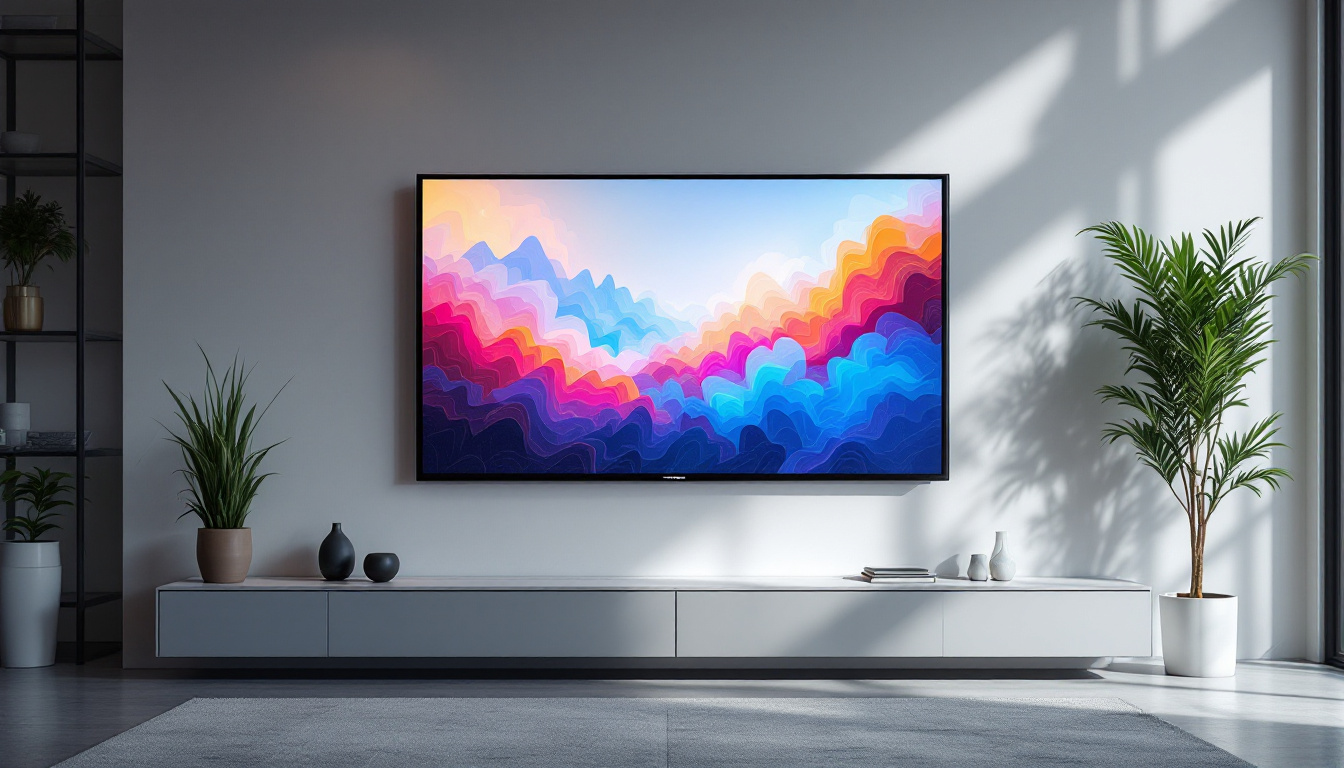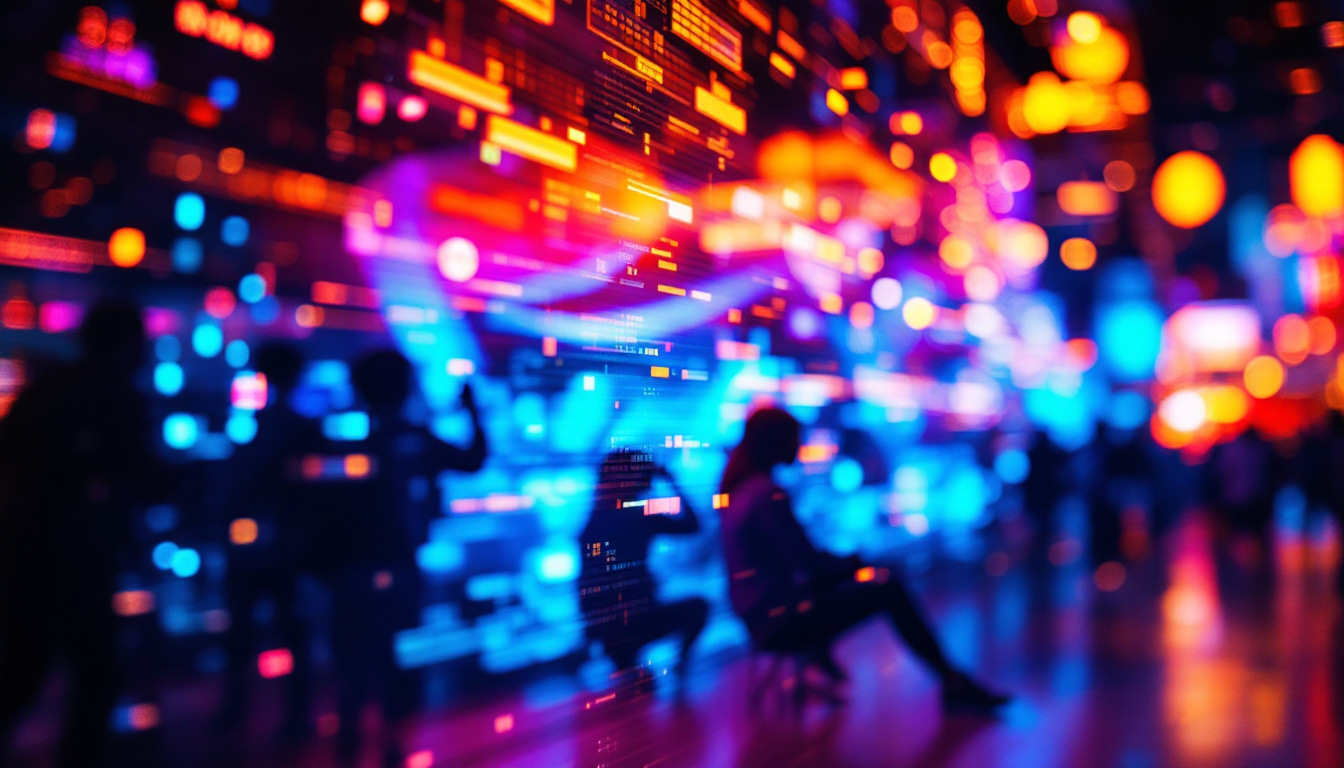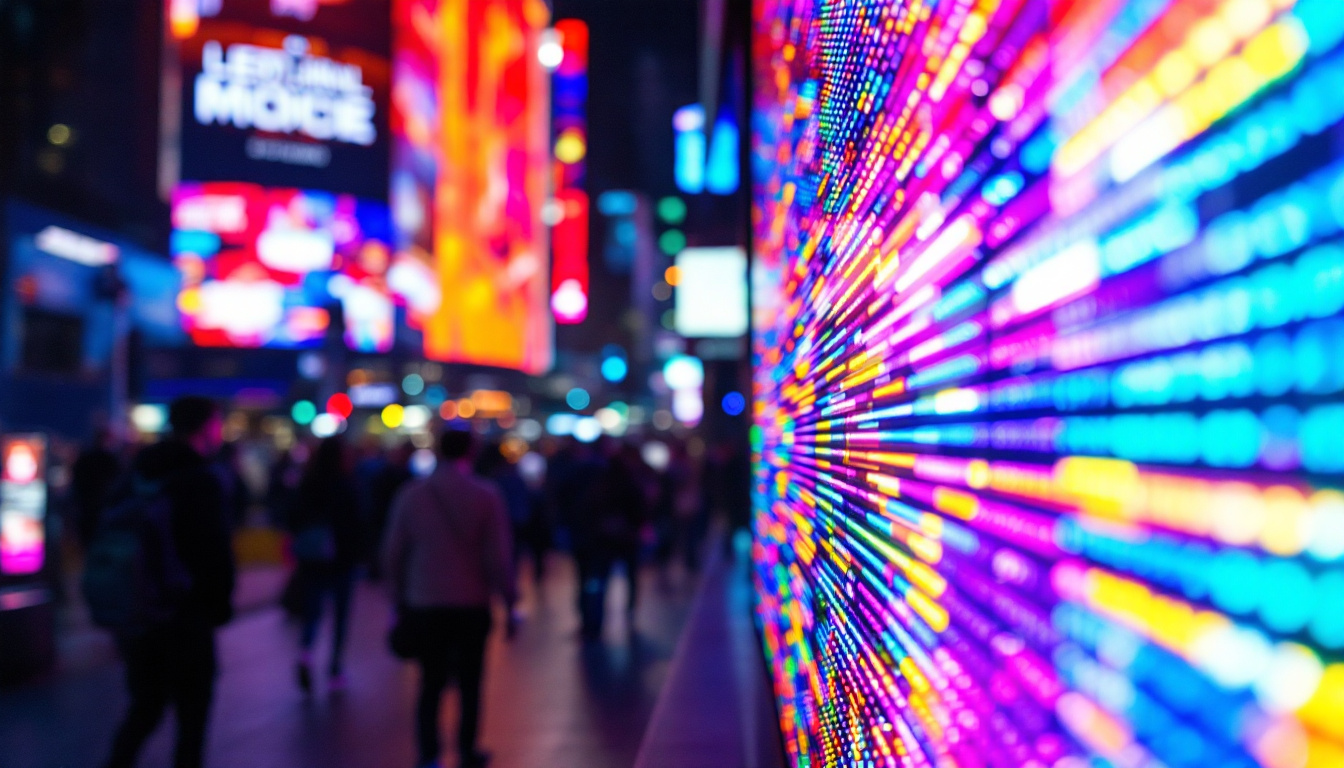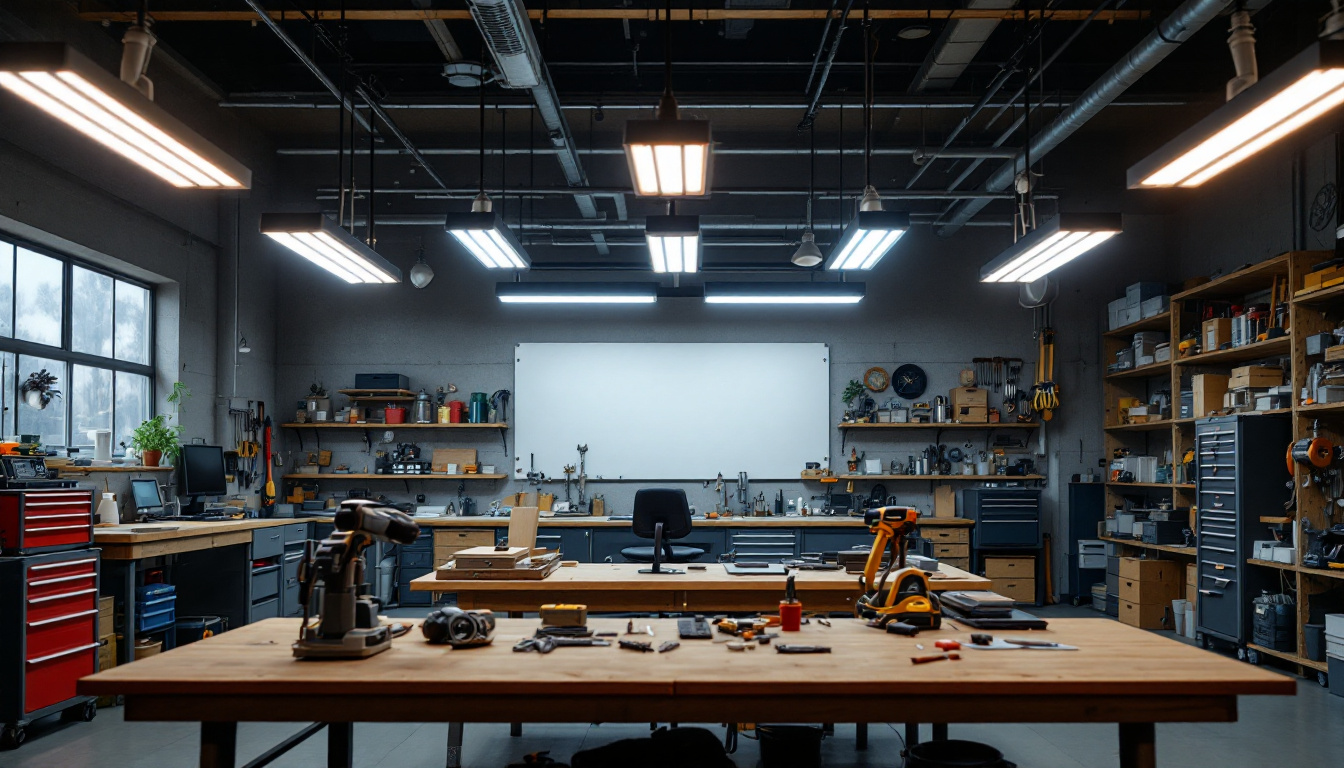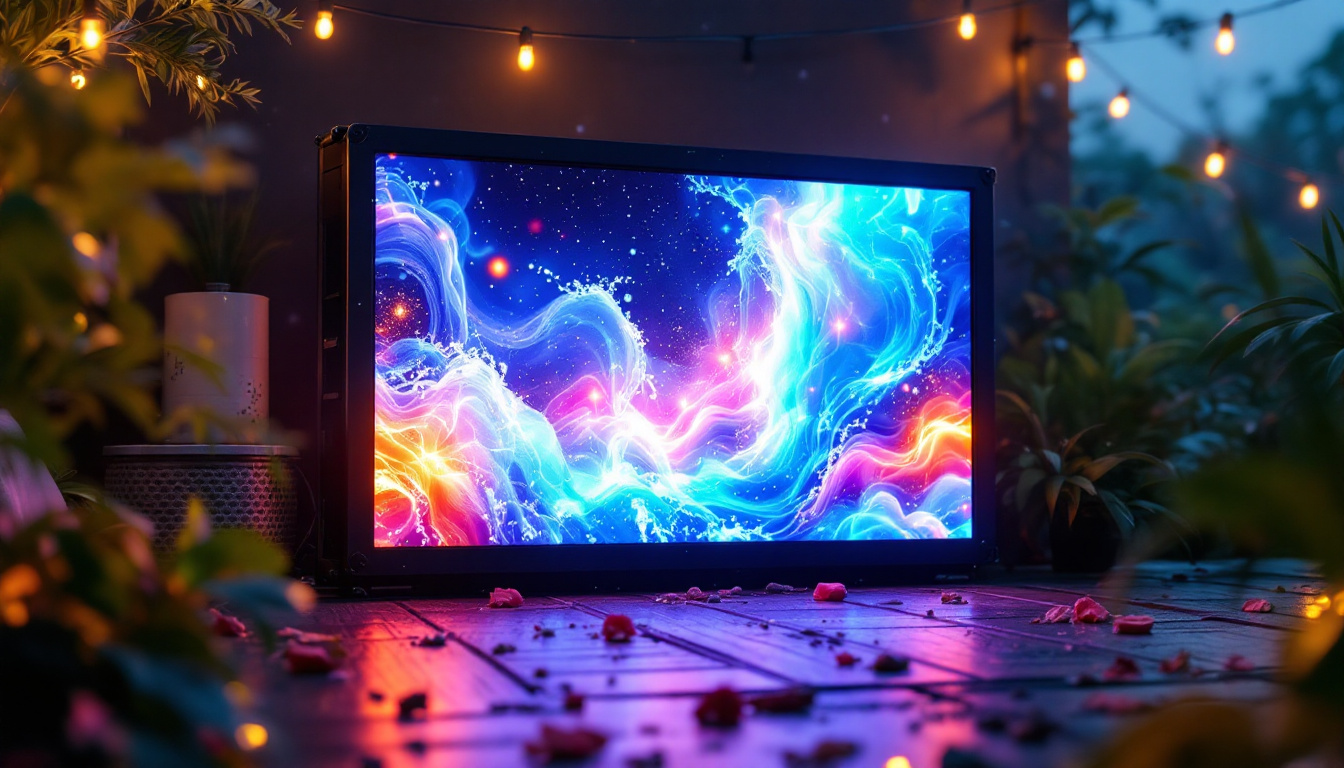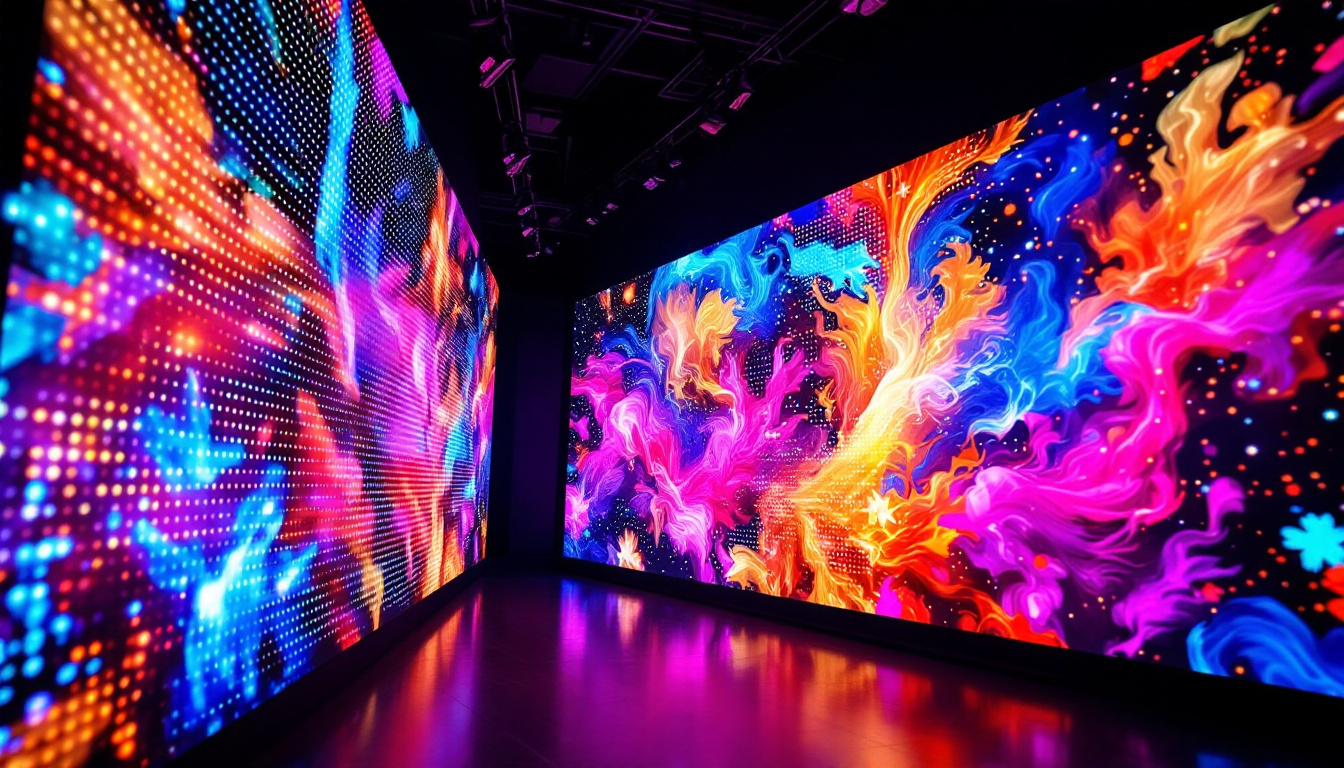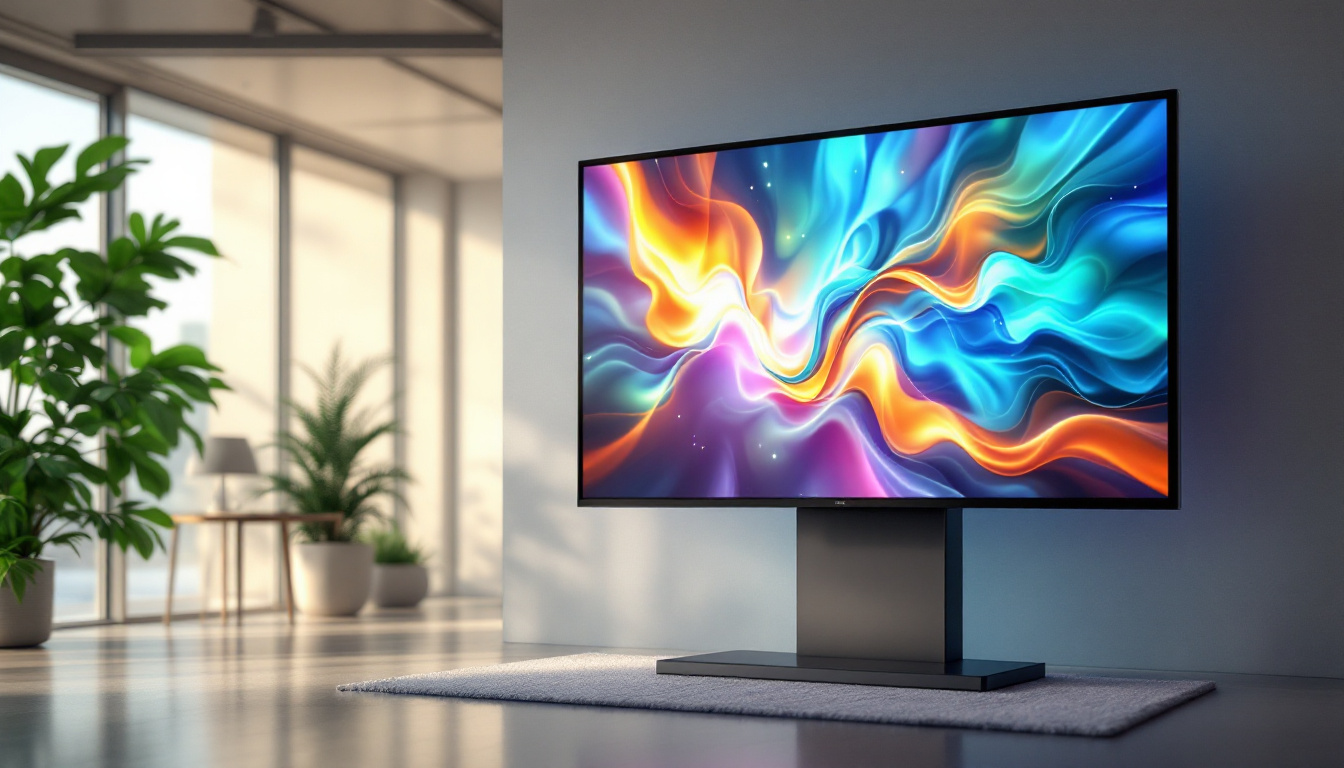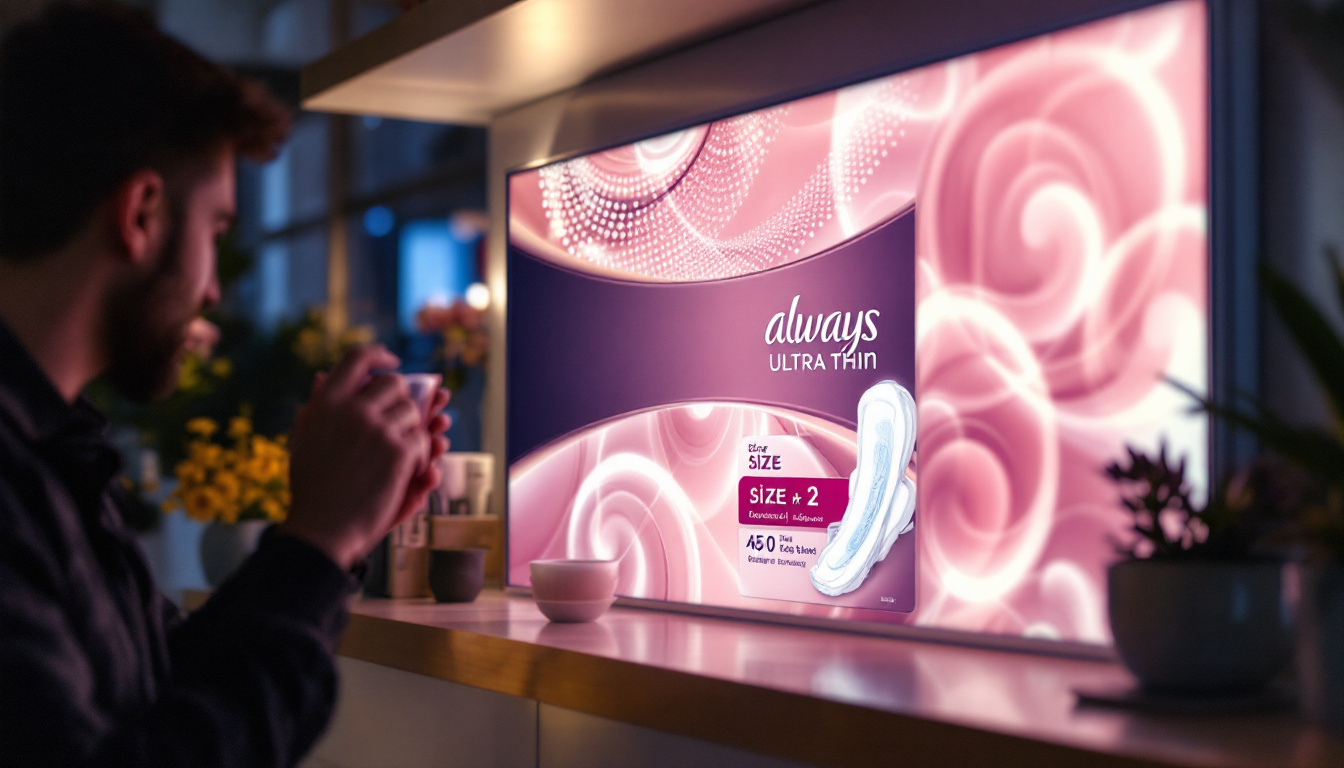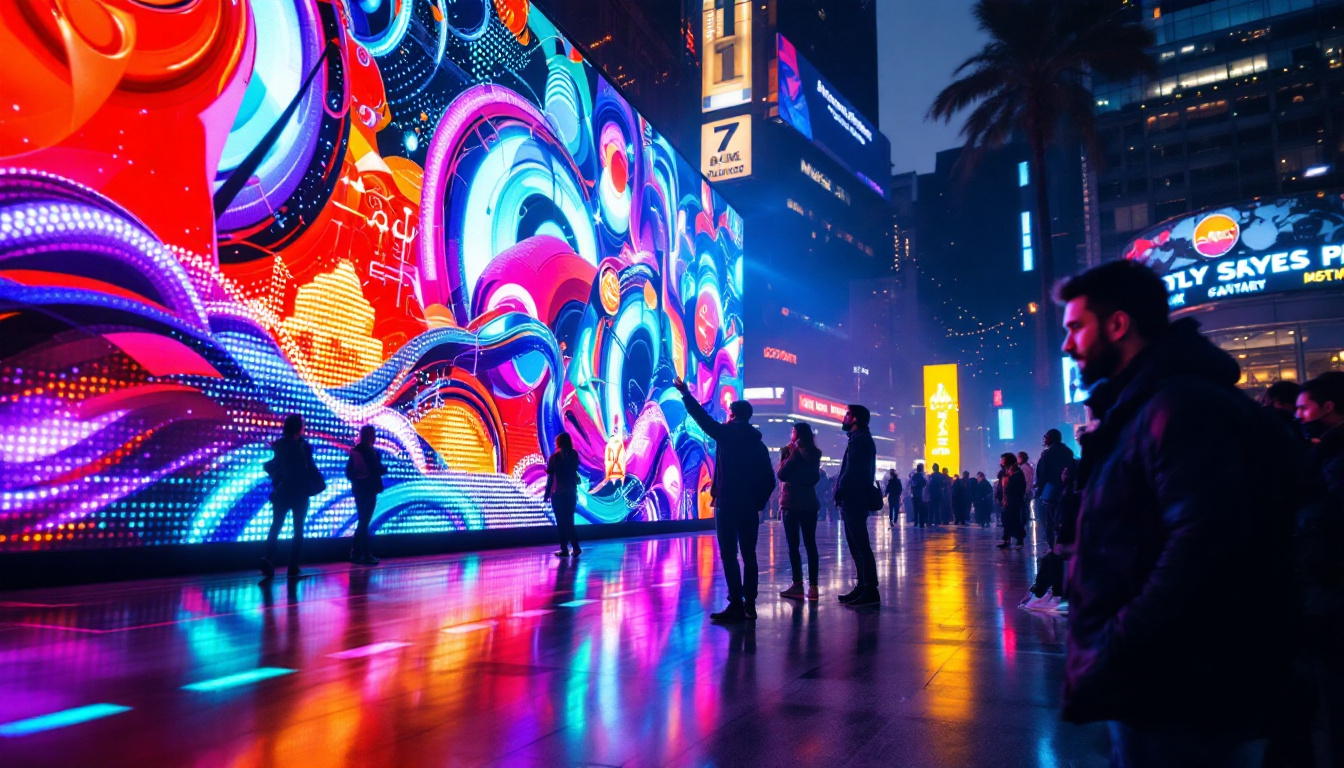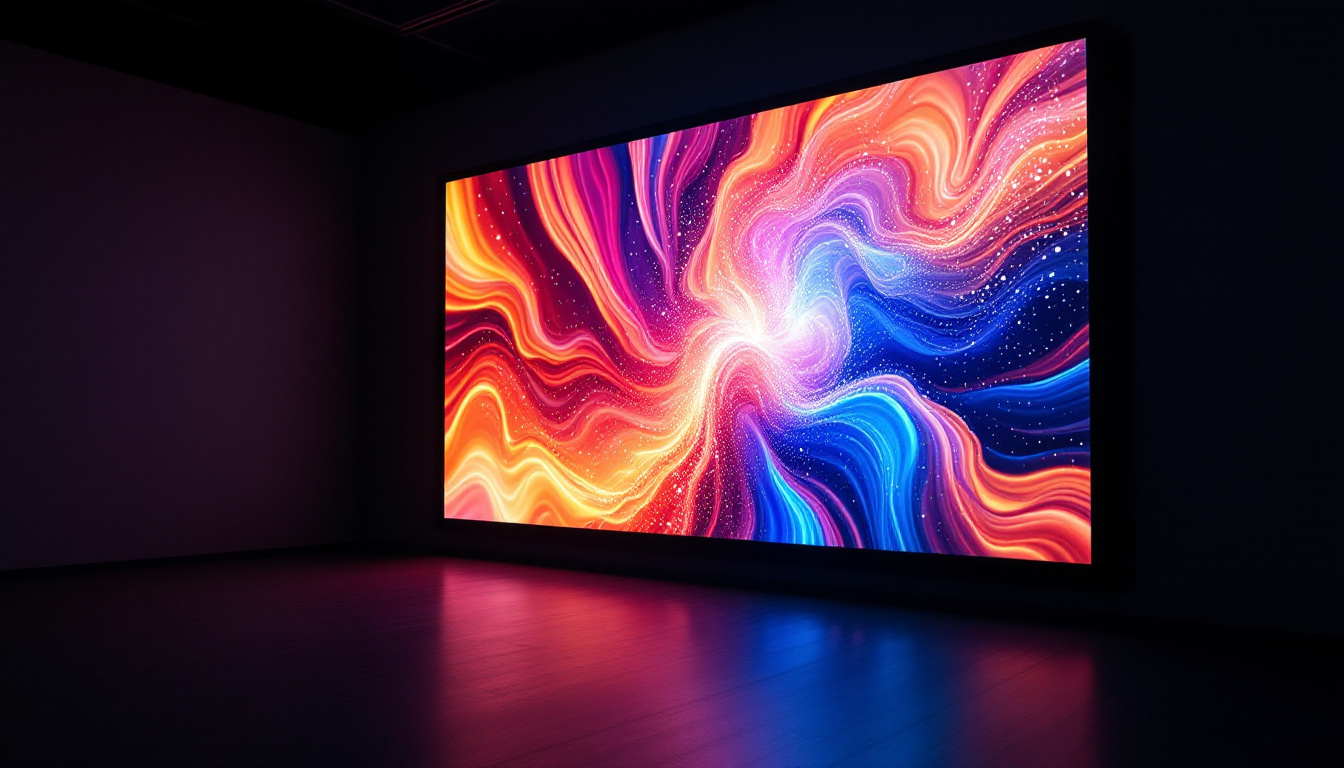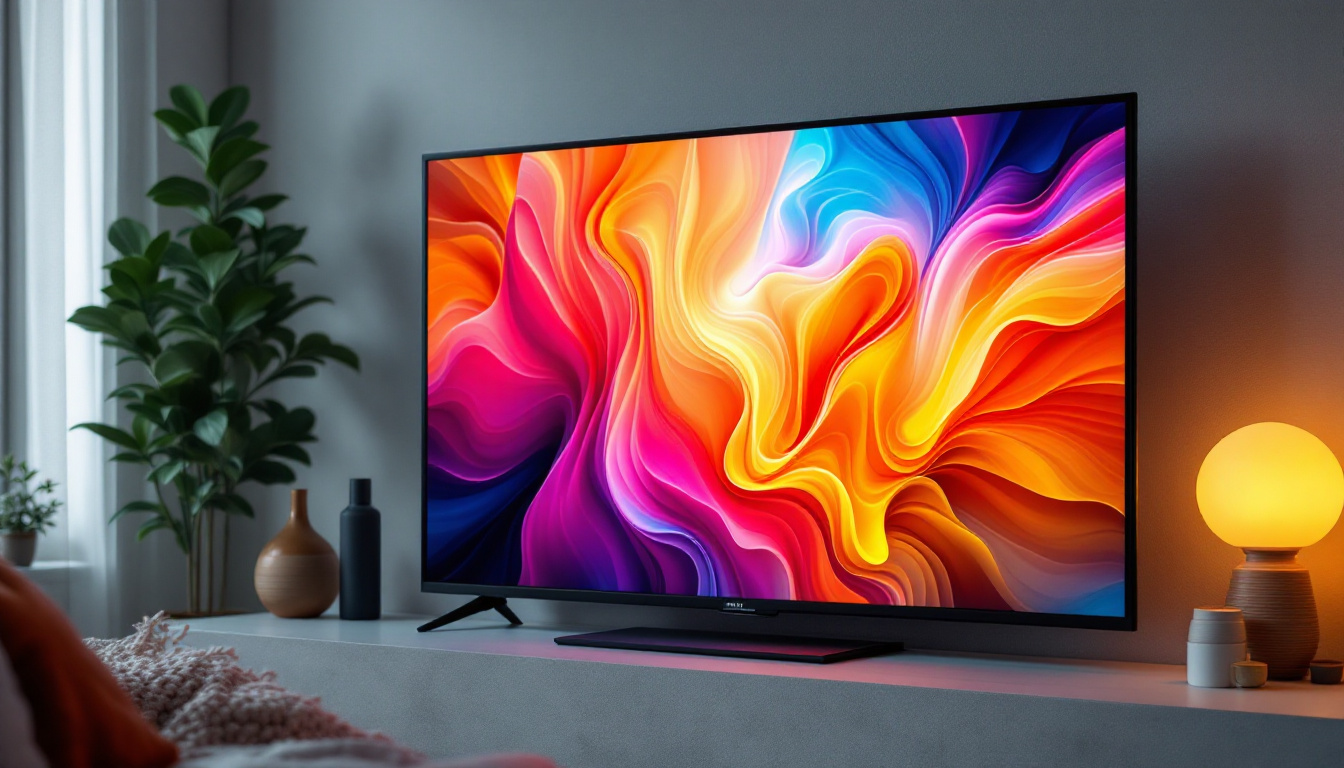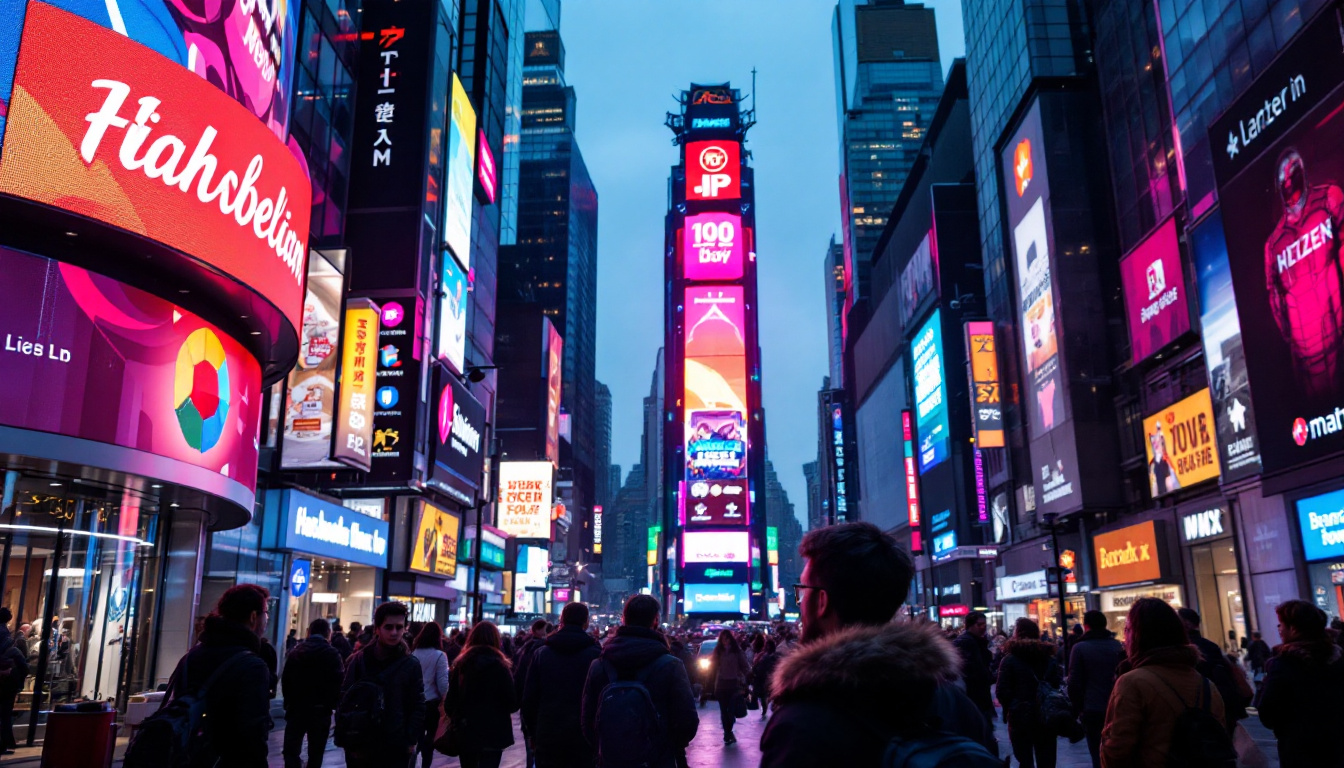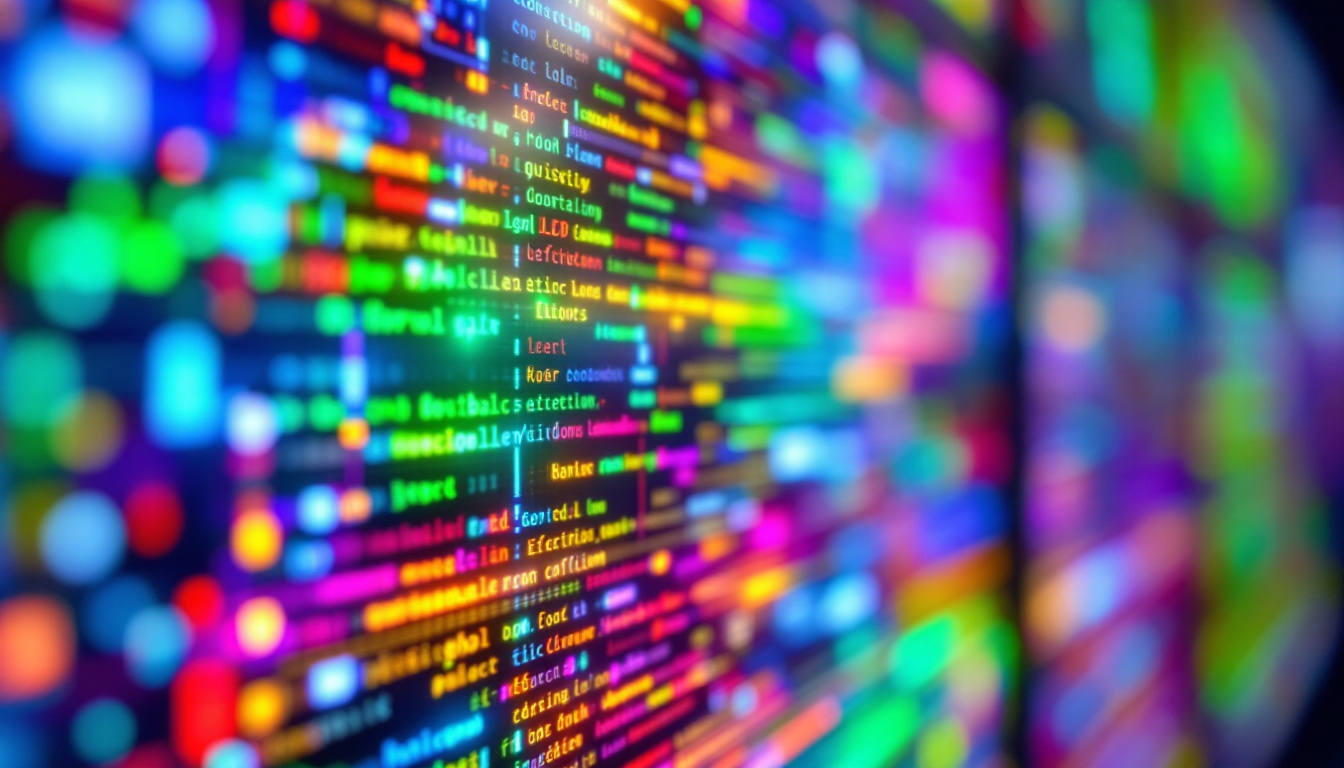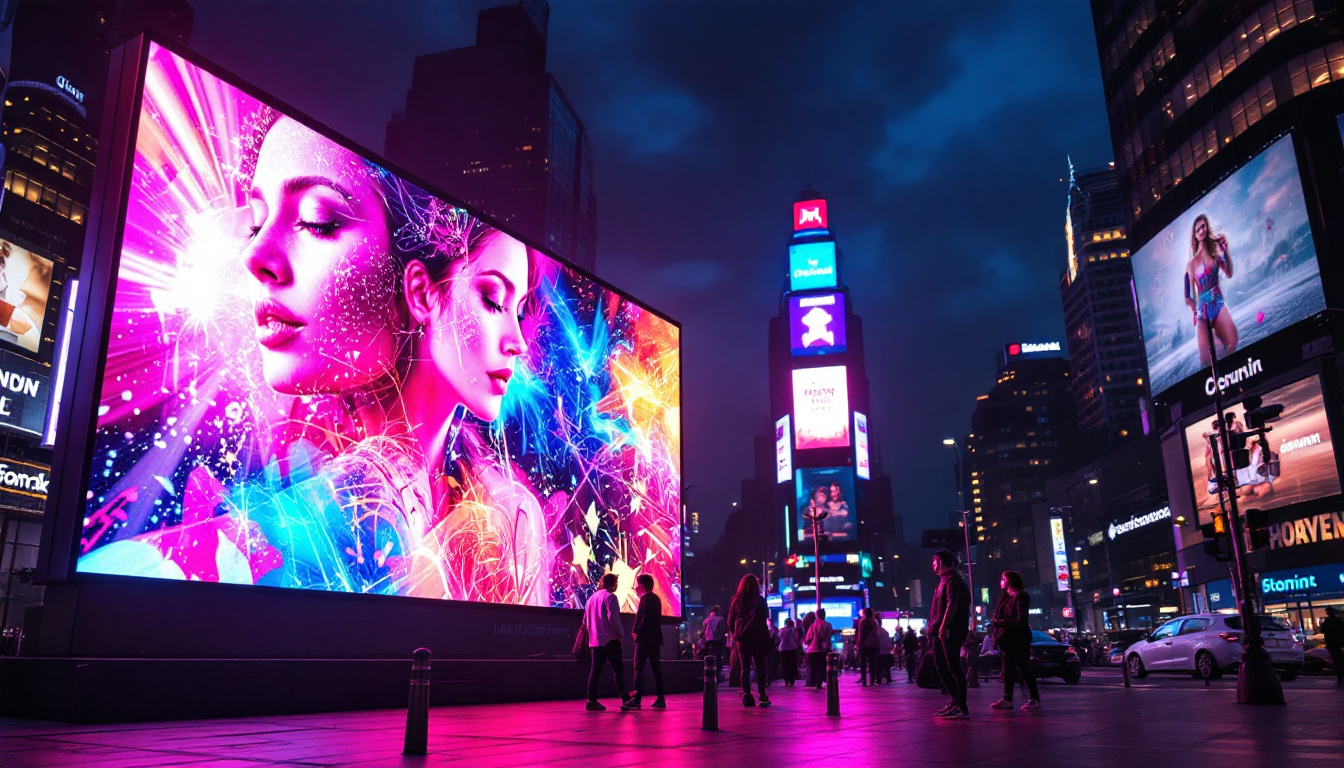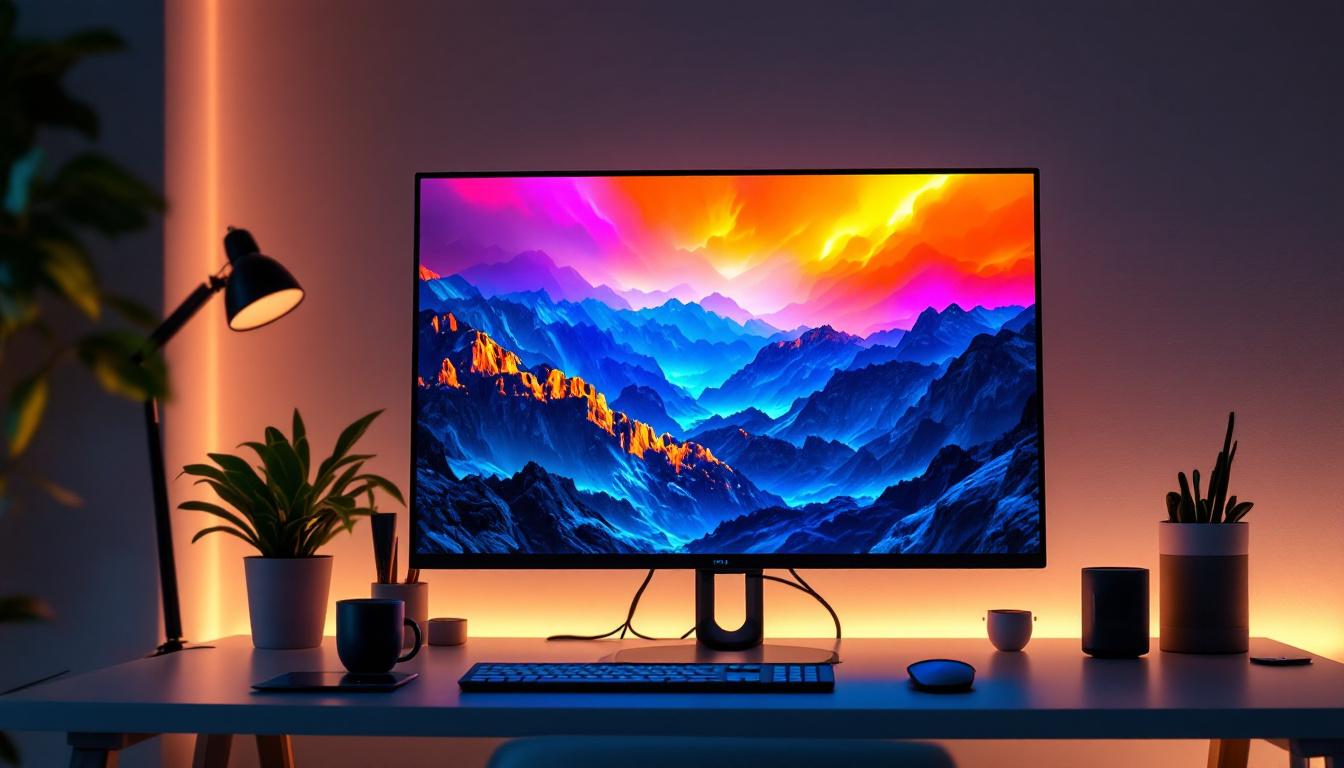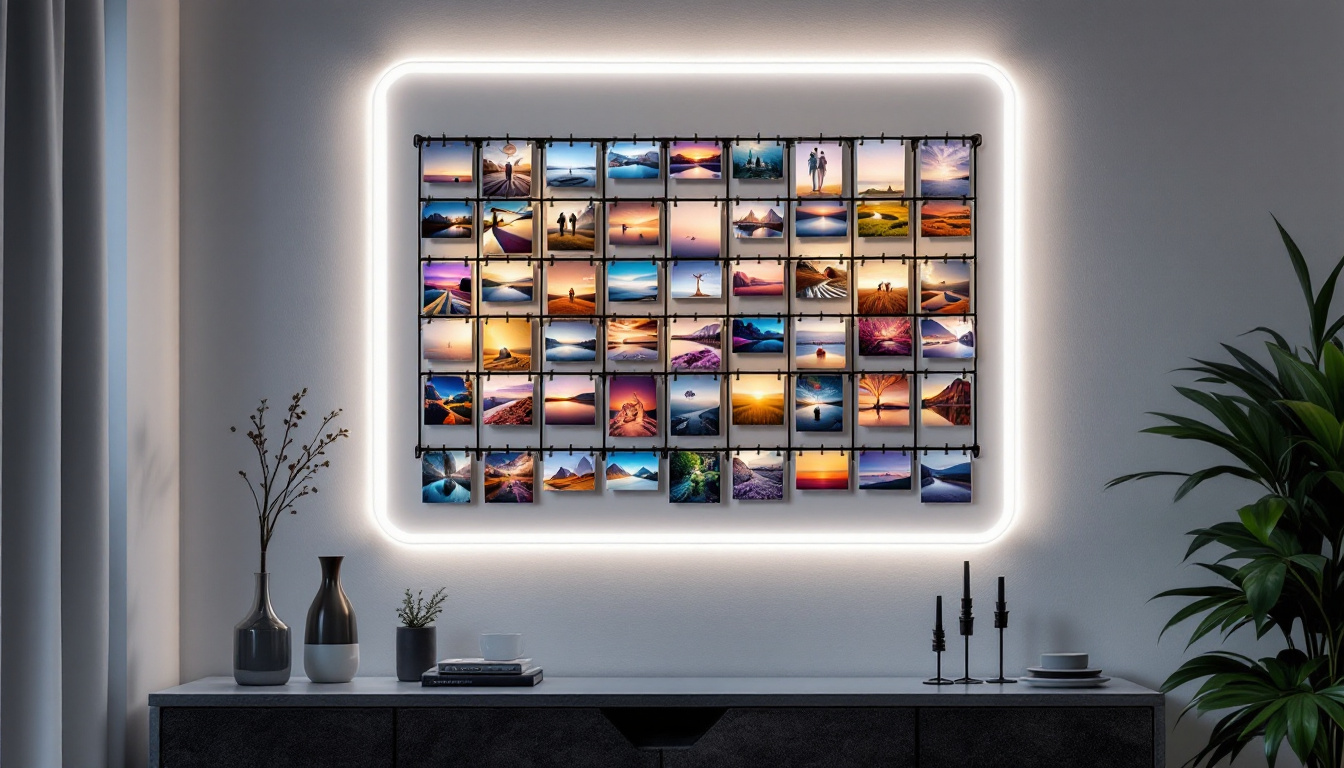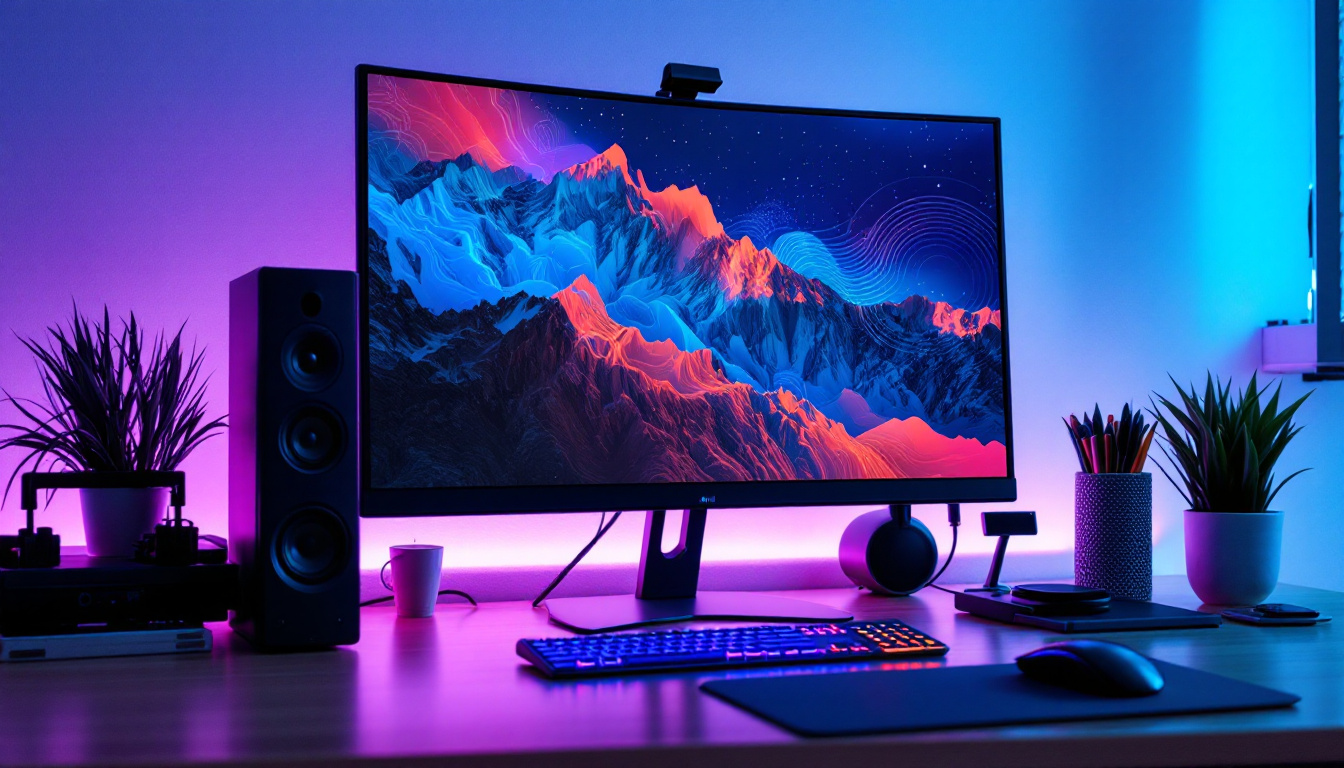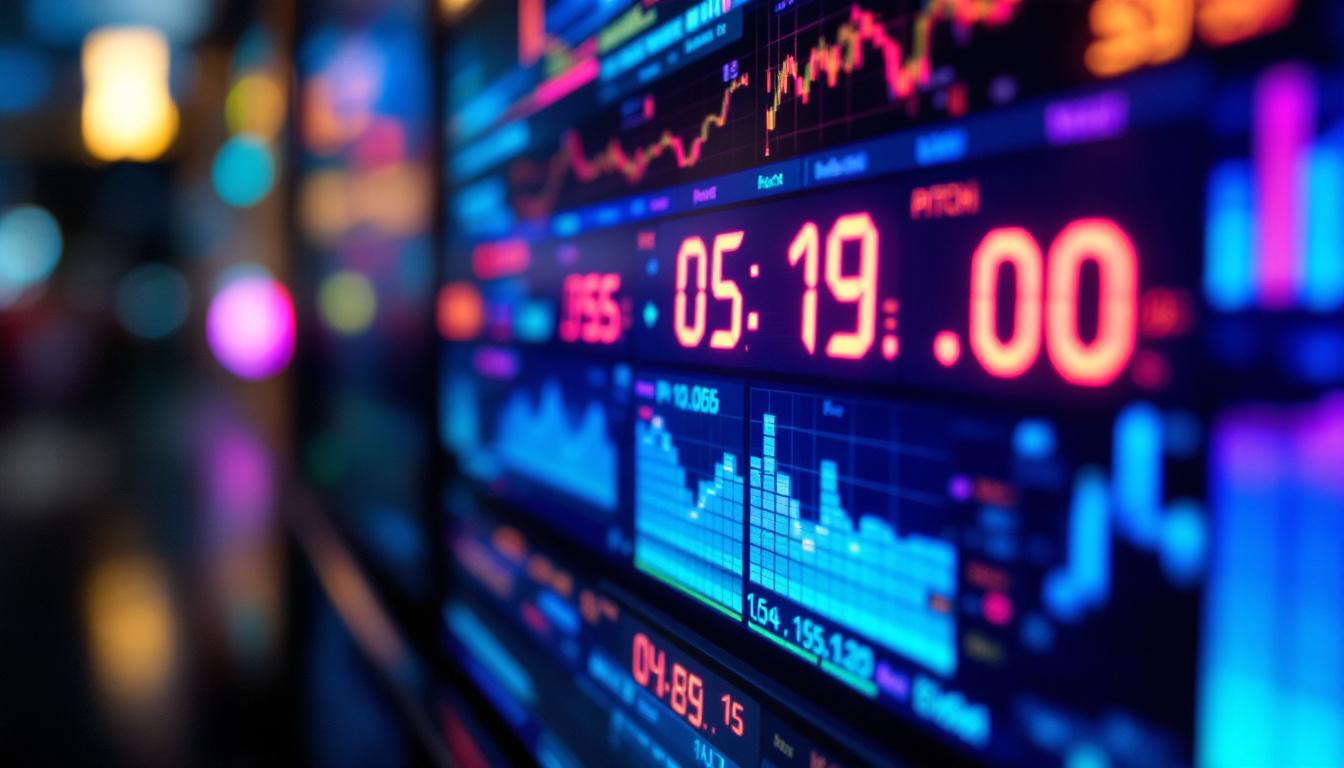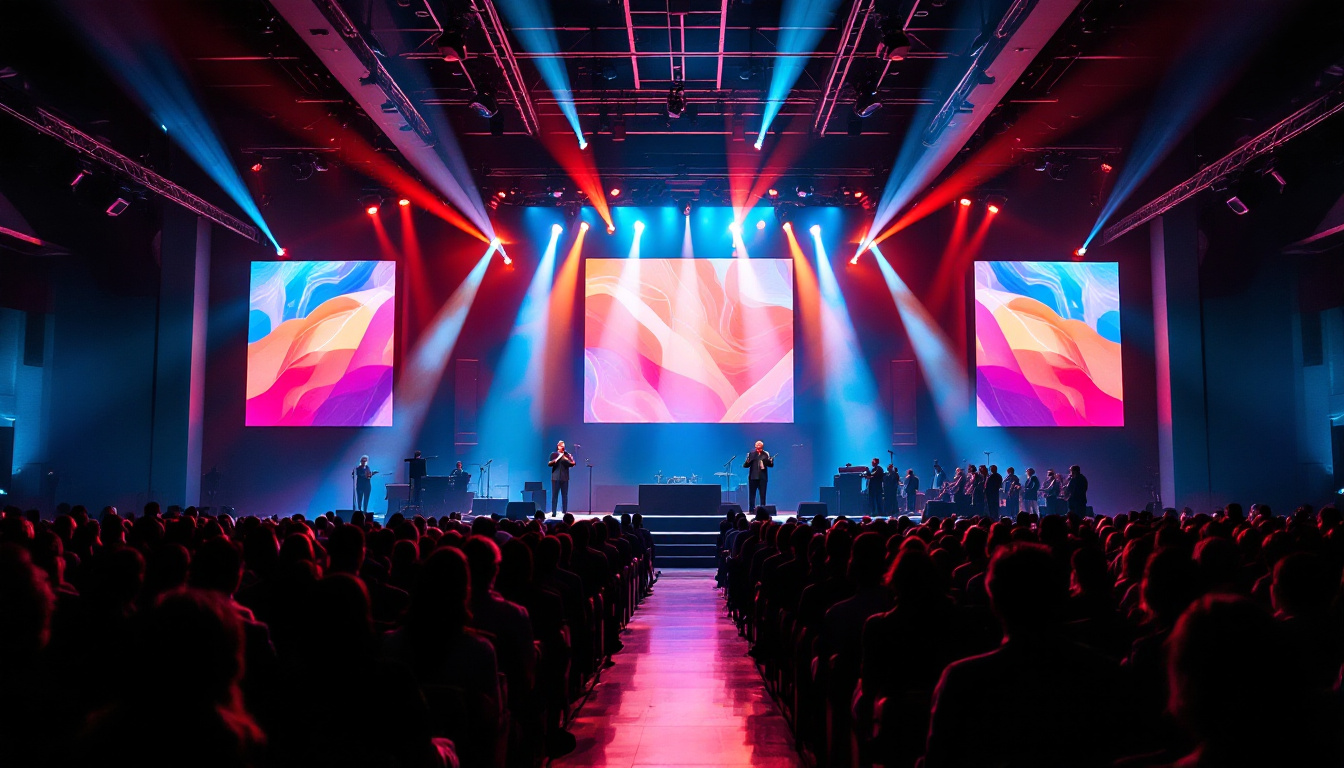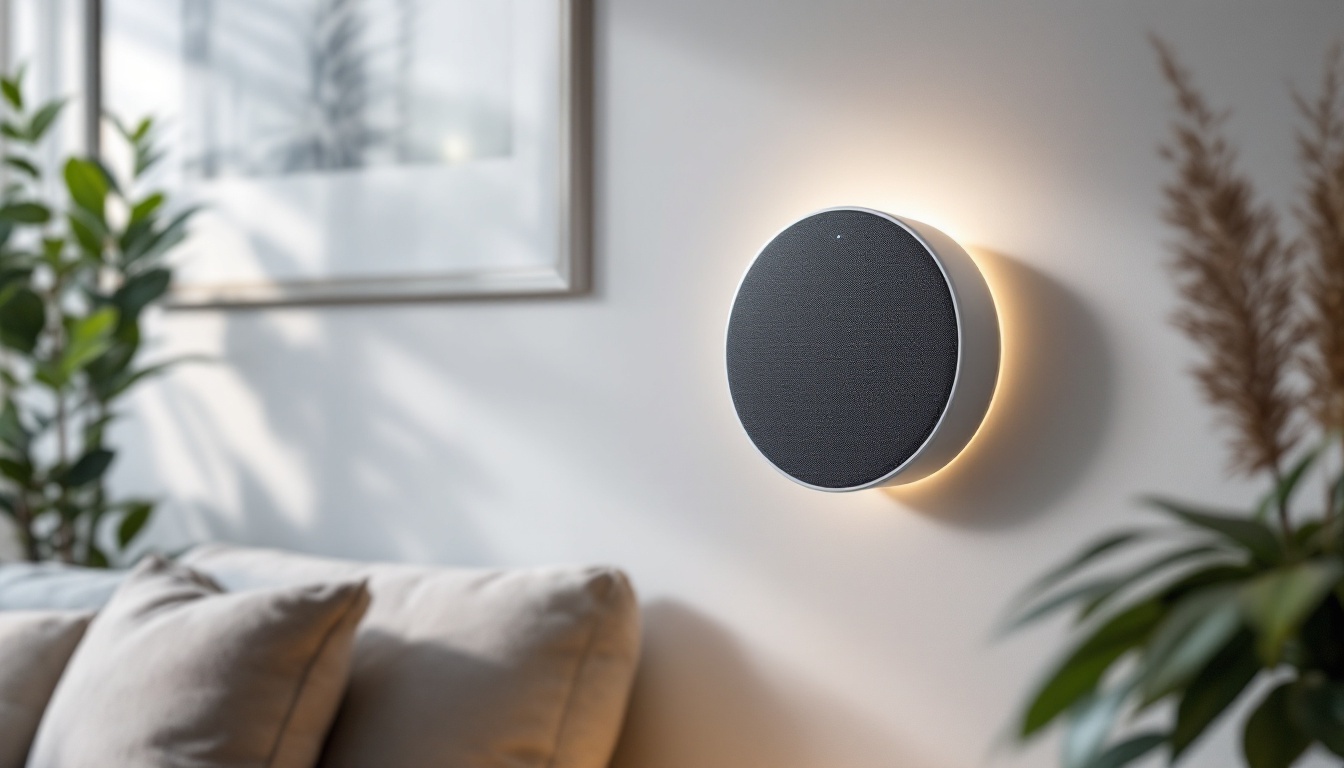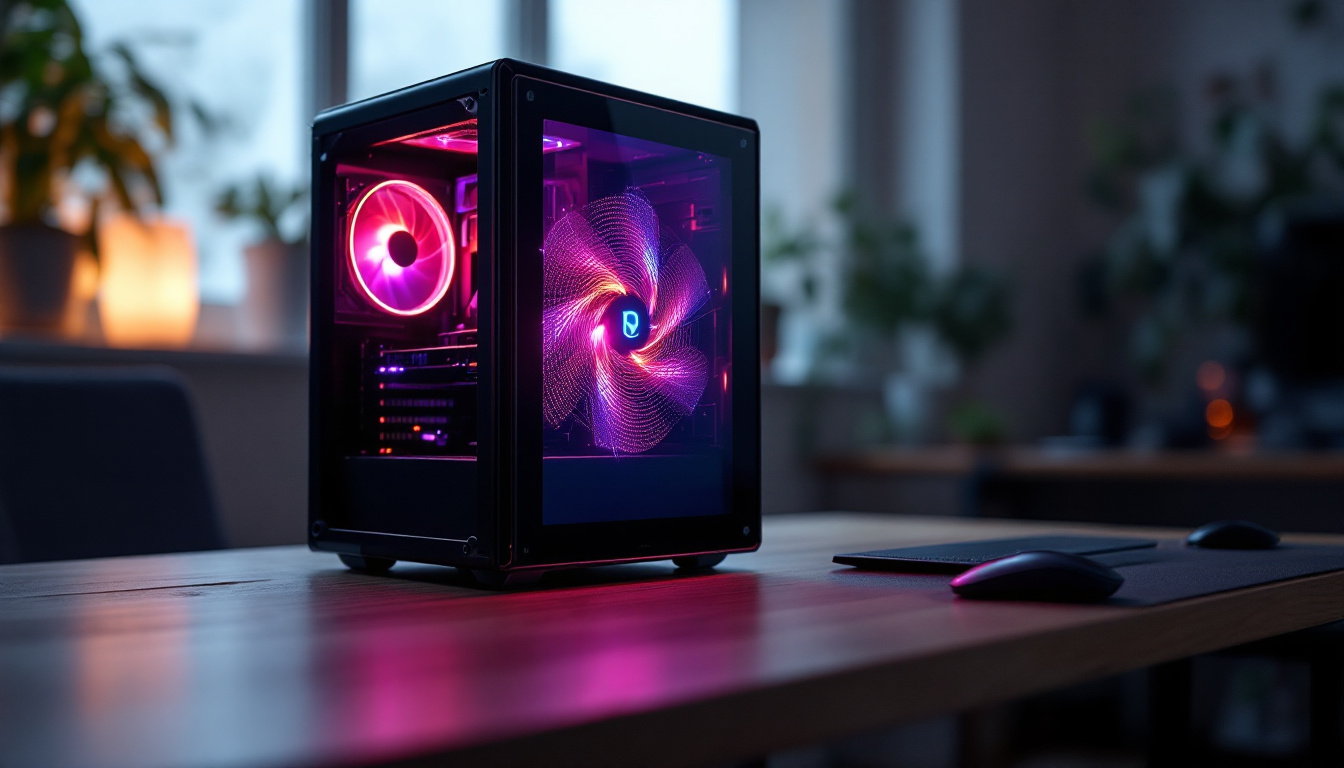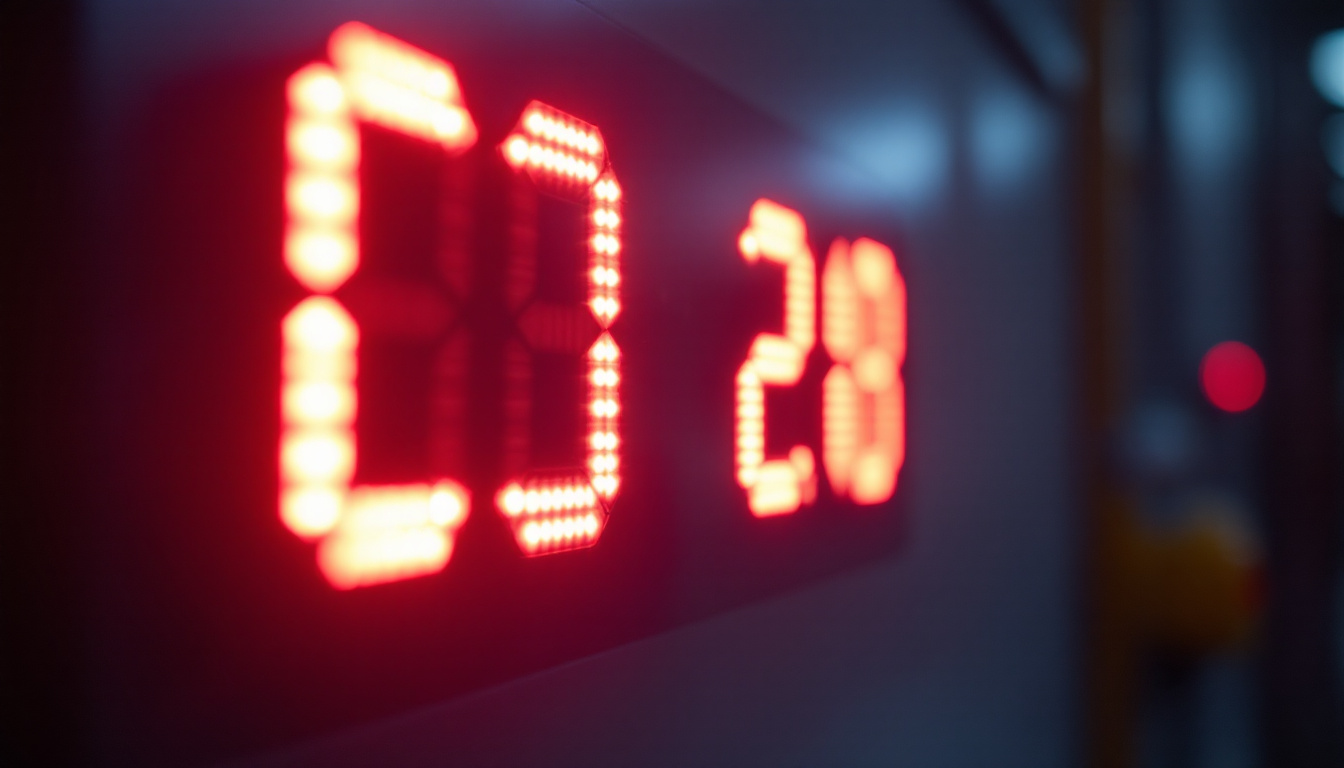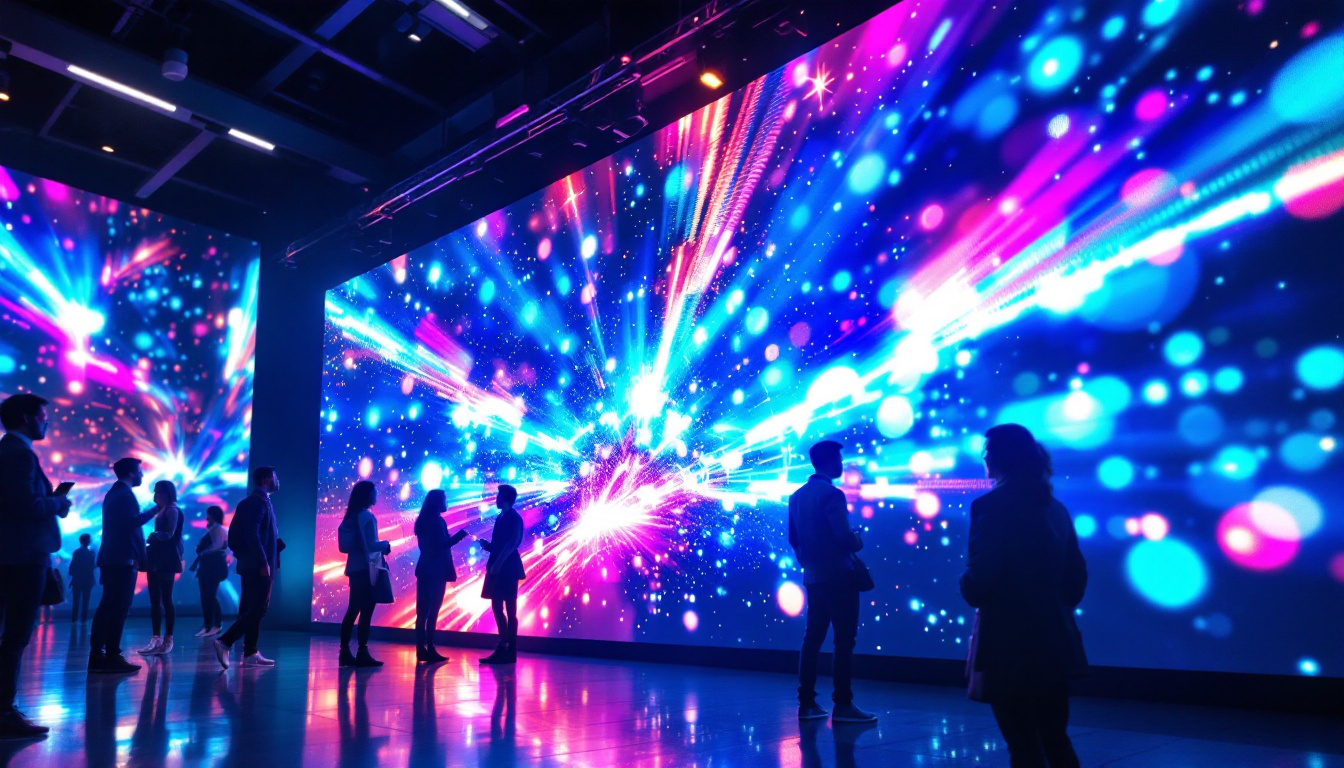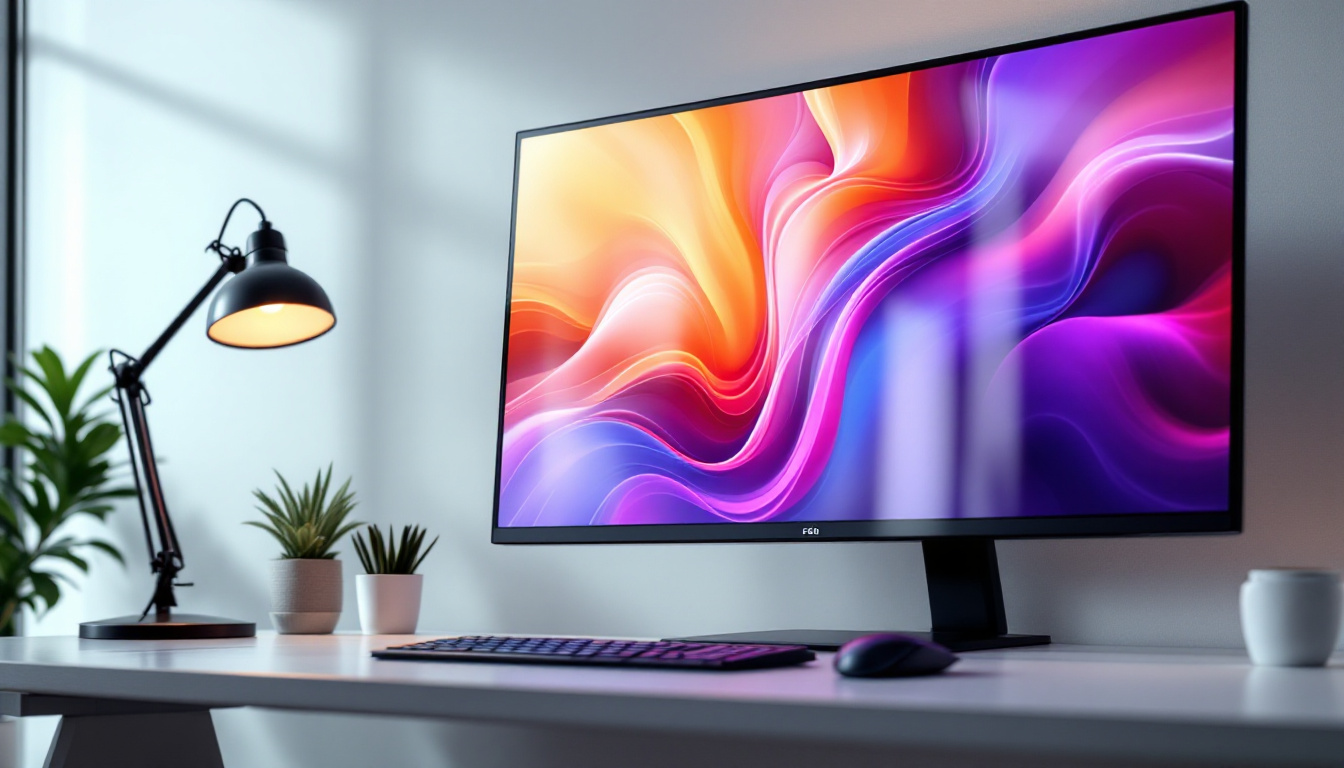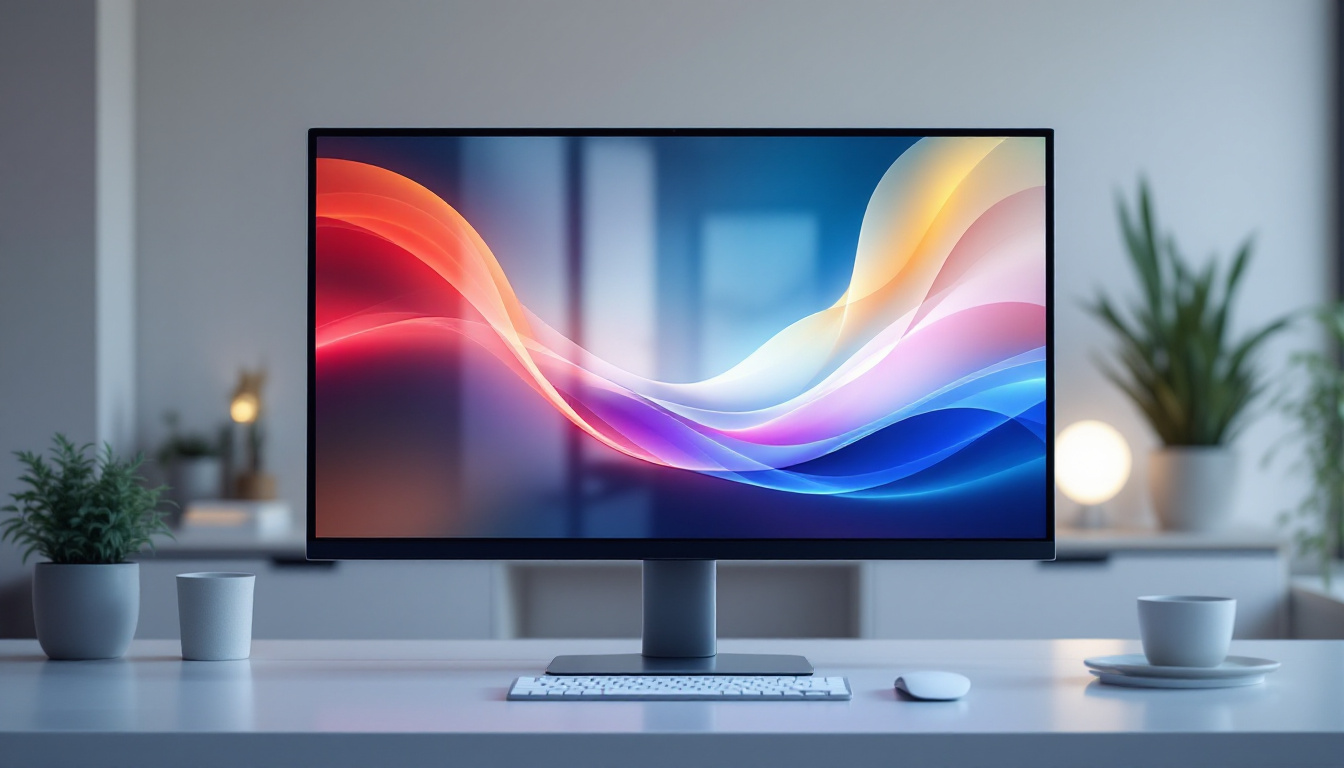In recent years, LED technology has revolutionized the way we display visual content. Among the various forms of LED displays, flat LED panels have emerged as a popular choice for both commercial and residential applications. These panels offer a combination of high-quality visuals, energy efficiency, and versatility, making them a preferred option for many users. This article delves into the intricacies of flat LED panels, exploring their technology, applications, advantages, and future trends.
Understanding LED Technology
What is LED?
Light Emitting Diode (LED) technology is a semiconductor-based light source that emits light when an electric current passes through it. Unlike traditional incandescent bulbs, which produce light through heat, LEDs are more efficient and have a longer lifespan. This efficiency is a key factor in their widespread adoption across various industries. In fact, LEDs can last up to 25 times longer than incandescent bulbs, significantly reducing the need for frequent replacements and the associated costs.
LEDs are available in various colors and can be combined to produce a wide spectrum of light. The ability to control the intensity and color of the light emitted makes LEDs suitable for a range of applications, from simple indicator lights to complex video displays. This versatility is further enhanced by the development of RGB (red, green, blue) LEDs, which allow for the creation of dynamic lighting effects and color-changing capabilities, making them popular in decorative lighting and stage productions.
The Evolution of LED Displays
The journey of LED displays began in the 1960s, primarily used for simple applications like digital clocks and calculators. Over the decades, advancements in technology have led to the development of flat LED panels, which are now capable of delivering high-definition video content. The introduction of organic LEDs (OLEDs) in the 1980s marked a significant milestone, allowing for thinner displays with improved color accuracy and contrast ratios, which have become essential in modern televisions and smartphones.
Initially, LED displays were bulky and expensive, limiting their usage. However, with the advent of surface-mount technology and improvements in manufacturing processes, flat LED panels have become more accessible and affordable. Today, they are widely used in advertising, broadcasting, and even home entertainment systems. Additionally, the rise of smart technology has led to the integration of LED displays with interactive features, enabling touch-sensitive screens and responsive environments that enhance user experience. This evolution has not only transformed the way we consume media but has also opened up new avenues for creative expression in art and design.
Components of Flat LED Panels
Display Technology
Flat LED panels utilize various display technologies, including LCD (Liquid Crystal Display) with LED backlighting and OLED (Organic Light Emitting Diode). Each technology has its unique characteristics, influencing the panel’s performance and application.
LCD panels with LED backlighting are commonly used for their brightness and color accuracy. They function by using a liquid crystal layer that modulates light from the LED backlight. On the other hand, OLED panels are known for their superior contrast ratios and color reproduction, as each pixel emits its own light, eliminating the need for a backlight. This capability allows OLED displays to achieve true blacks and vibrant colors, making them a popular choice for high-end televisions and professional monitors where image quality is critical. Additionally, OLED technology enables thinner and more flexible screens, paving the way for innovative designs in modern electronics.
Resolution and Pixel Density
The resolution of a flat LED panel refers to the number of pixels it can display, typically measured in width x height (e.g., 1920×1080). Higher resolution panels provide sharper images and more detailed visuals. Pixel density, measured in pixels per inch (PPI), is also crucial, especially for applications where viewers are close to the screen.
For instance, a panel with a higher pixel density is ideal for close-up viewing situations, such as in retail displays or home theaters, where clarity and detail are paramount. Understanding these specifications is essential for selecting the right flat LED panel for specific needs. Moreover, advancements in display technology have led to the introduction of 4K and even 8K resolutions, which offer an unprecedented level of detail, making them particularly appealing for graphic design, gaming, and cinematic experiences. As content continues to evolve, the demand for higher resolution displays is expected to grow, pushing manufacturers to innovate further in this competitive market.
Applications of Flat LED Panels
Commercial Use
Flat LED panels have found extensive applications in the commercial sector. retail stores, for instance, utilize these panels for advertising and promotions, as they can easily attract customer attention with vibrant visuals. Digital signage has become a staple in many businesses, allowing for dynamic content updates and engaging customer interactions.
Moreover, in the corporate world, flat LED panels are increasingly used for presentations and conferences. Their ability to display high-resolution images and videos makes them ideal for conveying information effectively during meetings.
Entertainment and Media
The entertainment industry has also embraced flat LED panels, particularly in venues such as concert halls, theaters, and sports arenas. These panels provide immersive experiences for audiences, enhancing the overall enjoyment of events. High-definition LED screens are often used to display live feeds, advertisements, and artistic visuals during performances.
In the realm of home entertainment, flat LED panels have become the standard for televisions and gaming displays. With advancements in resolution and color accuracy, consumers can enjoy a cinematic experience from the comfort of their homes.
Healthcare and Education
Flat LED panels are increasingly being utilized in healthcare settings, where they serve multiple purposes. From displaying patient information to providing visual aids during medical training, these panels enhance communication and education within the medical field.
In educational institutions, flat LED panels are transforming traditional classrooms into interactive learning environments. Teachers can utilize these displays to present multimedia content, engage students, and facilitate collaborative learning experiences.
Advantages of Flat LED Panels
Energy Efficiency
One of the most significant advantages of flat LED panels is their energy efficiency. Compared to traditional display technologies, LEDs consume significantly less power, leading to reduced electricity bills and a smaller carbon footprint. This efficiency makes them an environmentally friendly choice for both commercial and residential applications.
Furthermore, the longevity of LED panels—often exceeding 50,000 hours—means less frequent replacements, contributing to lower maintenance costs over time.
High-Quality Visuals
Flat LED panels are renowned for their ability to deliver high-quality visuals. With vibrant colors, excellent contrast ratios, and sharp image clarity, these panels provide an immersive viewing experience. This quality is particularly important in applications where visual impact is crucial, such as advertising and entertainment.
Moreover, advancements in technology have led to the development of panels with wider viewing angles, ensuring that content remains clear and vibrant from various perspectives.
Versatility and Flexibility
The versatility of flat LED panels is another compelling advantage. They come in various sizes and configurations, making them suitable for a wide range of applications. Whether it’s a large outdoor billboard or a compact display for a retail store, flat LED panels can be customized to meet specific needs.
Additionally, many flat LED panels support various input sources, allowing users to connect multiple devices seamlessly. This flexibility enhances their usability in different environments, from corporate offices to entertainment venues.
Challenges and Considerations
Cost Implications
While flat LED panels offer numerous advantages, the initial investment can be a barrier for some users. High-quality panels, particularly those with advanced features like 4K resolution or OLED technology, can be expensive. Businesses and consumers must weigh the long-term benefits against the upfront costs when considering an LED display.
However, as technology continues to evolve, prices are gradually decreasing, making flat LED panels more accessible to a broader audience.
Installation and Maintenance
Another consideration is the installation and maintenance of flat LED panels. Depending on the size and complexity of the display, installation can require specialized skills and equipment. Ensuring proper mounting and connectivity is essential for optimal performance.
Additionally, while LED panels are generally low-maintenance, regular cleaning and occasional servicing may be necessary to maintain their performance and longevity. Users should consider these factors when planning for an LED display installation.
The Future of Flat LED Panels
Technological Advancements
The future of flat LED panels looks promising, with ongoing technological advancements paving the way for even more innovative displays. Emerging technologies, such as MicroLED and MiniLED, are set to enhance the performance of LED panels, offering improved brightness, contrast, and energy efficiency.
As these technologies mature, they are expected to become more affordable, further driving the adoption of flat LED panels across various sectors.
Integration with Smart Technology
Another trend shaping the future of flat LED panels is the integration with smart technology. As the Internet of Things (IoT) continues to expand, LED displays are increasingly being equipped with smart features, allowing for remote control, content management, and data analytics.
This integration enhances the functionality of flat LED panels, making them not only displays but also intelligent communication tools that can adapt to user needs in real-time.
Conclusion
Flat LED panels have transformed the way visual content is displayed, offering a blend of quality, efficiency, and versatility. As technology continues to evolve, these panels are expected to become even more integral to various industries, from advertising and entertainment to healthcare and education.
Understanding the components, applications, and advantages of flat LED panels is essential for making informed decisions about their use. While challenges such as cost and installation exist, the benefits often outweigh the drawbacks, making flat LED panels a worthwhile investment for many users.
As the future unfolds, flat LED panels will likely play a pivotal role in shaping how we interact with visual content, paving the way for more immersive and engaging experiences.
Discover LumenMatrix LED Display Solutions
Ready to elevate your visual display capabilities? LumenMatrix is at the forefront of LED display innovation, offering a diverse range of solutions tailored to your unique needs. From Indoor and Outdoor LED Wall Displays to specialized options like Vehicle, Sports, and Floor LED Displays, we have the technology to bring your vision to life. Experience the difference with our Custom, All-in-One, and Transparent LED Displays, designed to captivate and engage your audience. Check out LumenMatrix LED Display Solutions today and transform the way you communicate visually.

